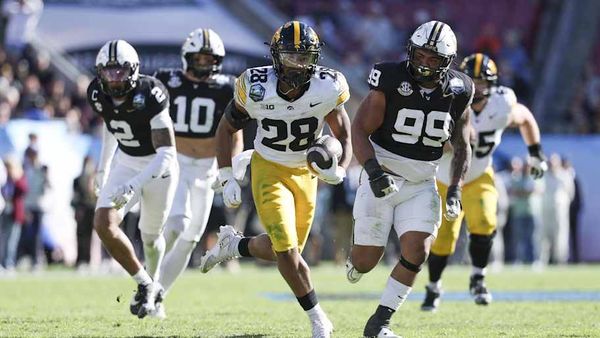Tamil cinema has undergone an extraordinary transformation — in terms of modern technology and equipment, superior projection and cinema halls, film commerce and modern filmmaking techniques popular around the world — since its humble beginnings in the early 20th Century.
While many Tamil film entrepreneurs, filmmakers, financiers and artists deserve to be credited with this growth over many decades, ‘Hollywood-trained’ American filmmaker Ellis R. Dungan, who introduced several important techniques in every department to the industry at its nascent stage, will perhaps hold the most unique place in its history. An Irish-American, Dungan made critically acclaimed devotional and historical films such as Sathileelavathi (1936), Iru Sahotharargal (1936), Ambikapathi (1937), Sakunthalai (1940), Meera (1945), Ponmudi (1950) and Manthirikumari (1950) in a language and a culture he knew nothing about.
Yet, the present-day filmmakers, movie stars and aspiring artistes, rarely, if ever, recall his name in conversations about Tamil film industry.
Born in Ohio, U.S. in 1909, Dungan travelled to Spain and then to Paris on a bicycle, went back to the U.S. to study at the Department of Cinematography and Motion Picture Production at the University of Southern California before moving to India to make films at the insistence of his friend Manik Lal Tandon.
In an article in The Hindu after Dungan’s death in 2002, film historian and columnist Randor Guy notes Dungan was signed on by the ‘reluctant’ Maruthachalam Chettiar after being recommended by his friend, Tandon, to direct Sathi Leelavathi, which launched the careers of S.S. Vasan, M.K. Radha, T.S. Balaiah, N.S. Krishnan and former Chief Minister M.G. Ramachandran. He then collaborated with M.G.R. in Iru Sahotharargal and made four films with M.S. Subbulakshmi.
Dungan is credited with a number of innovations — using clever editing patterns and building miniatures to film major action blocks. But, among them, his use of ‘Dungan track and trolley’, a method that allowed him to capture close-up shot of the actors to overcome the absence of ‘zooming’ lenses in the 1930s, 40s and 50s by ensuring the movement of the camera on a track, was one of his earliest contributions to Tamil cinema influenced by Hollywood.
One of his ingenious attempts at creating a lasting cinematic effect on the audience by using his command of camera and editing techniques resulted in a sequence in Meera (1945) starring M.S. Subbulakshmi. Randor Guy notes how in the film “Dungan shot a scene which created history in south Indian film technique”.
“The girl Meera (‘Baby’ Radha, M.S’s. step-daughter) changes into the young woman, Meera (M.S. Subbulakshmi) and the transition were shown with a melodious song, ‘ Nandha Balaaa En Manaala’, sung by Baby Radha and M.S. When the changeover takes place, there is a 45-second fast-paced background orchestra, a musical interlude as part of the song. Normally, such background musical interludes are also recorded along with the song in a sound studio long before the film shoot commences. However, Dungan did not do so. He shot the scene first and the changeover sequence consisted of a number of shots of the statue of Lord Krishna...lighted candles with flames flickering, flowers on plates, prayer offerings, Krishna’s flute in the statue and cut to a close-up of M.S. singing with great emotion. Dungan edited the sequence himself. The impact was ecstatic and brilliant,” he writes.
In a documentary film, American in Madras, on the life and achievements of Dungan by Karan Bali, C.M. Muthu, make-up artiste who worked in Meera, recalls Dungan introduced new make-up products and techniques to suit the medium of film and slowly moved away from the make-up used in theatre.
The documentary also illuminates how Dungan was perhaps the first director to film his actors outside the controlled environment of the sets much before filmmakers like Bharathiraaja completely moved out of the sets in the 1970s.
Though Dungan primarily worked in devotional and historical films in the early days of Tamil cinema, the films were talked about for featuring ‘bold’ intimate scenes. He briefly worked as a war photographer when the U.S. joined the war and helped shoot propaganda films. He made his last film Manthirikumari in 1950 before moving to the U.S. a few years later as Tamil cinema moved away from devotional films and took on a more political turn with actor Sivaji Ganesan’s Parasakthi.
While Dungan’s contribution has not been noted as much as the stars he collaborated with during his time (M.K. Thyagaraja Bhagavathar, M.S. Subbulakshmi, M.G. Ramachandran and others) and with screenwriter and former Chief Minister M. Karunanidhi ( Manthirikumari), he remains one of the earliest innovators in Tamil cinema.







